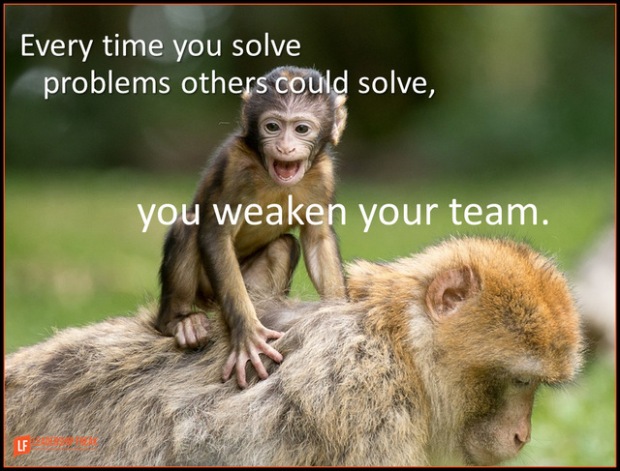If you want to become a good leader, follow a leader of character, conviction, and vision. Don’t ask people to follow you until you’ve humbly followed someone else.
You aren’t fit to lead until you know how to follow.
Following is perhaps the most neglected development principle of remarkable leadership. Ego wants to be the leader. Humility, on the other hand, aspires to add value and make a difference, regardless of position.
Opportunities abound for dedicated followers. But opportunities pass by while you’re waiting to become a leader.
Jimmy Collins, the retired COO of Chick-fil-A, and author of, “Creative Followership,” said, “Seeking Leadership roles never produced anything for me. When I chose the follower role there was no end to what I could accomplish.”
- Follow advice from those more knowledgeable.
- Follow a vision bigger than yourself.
- Follow someone you respect. Get behind the most noble person available.
- Follow someone who is going somewhere.
Good leaders are good followers.
Our admiration of big-egoed-leaders degrades us all.
Worry less about becoming a great leader and more about becoming a great follower.
A couple of questions for you to ponder:
What role does following play in developing leaders?
What role does following play in the day-to-day life of successful leaders?




